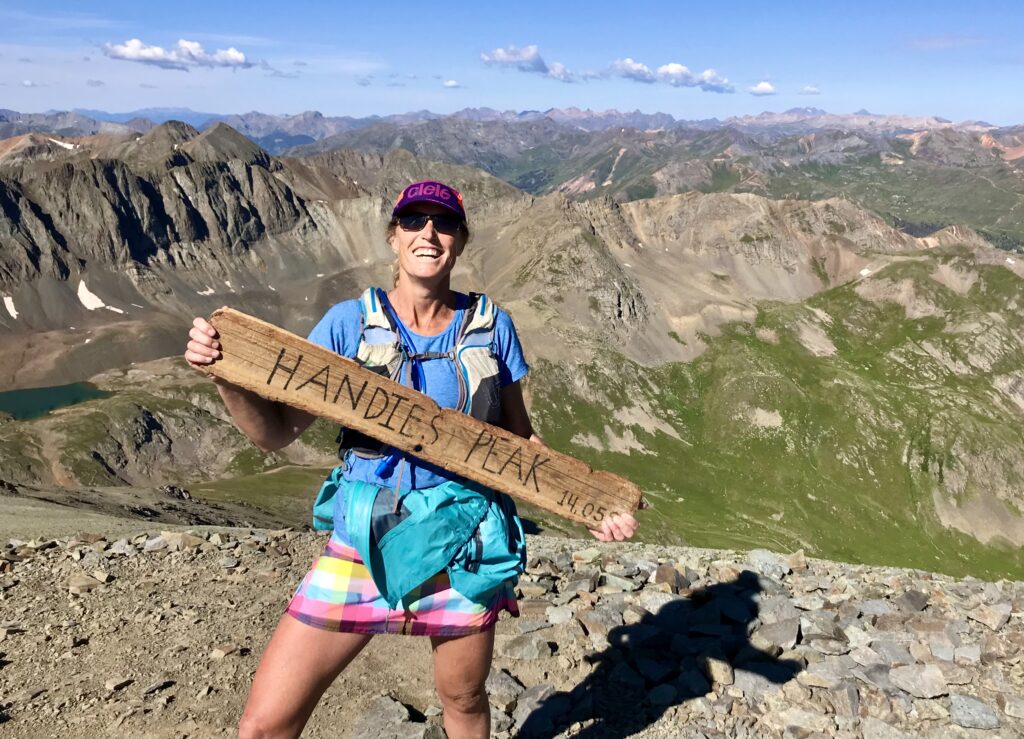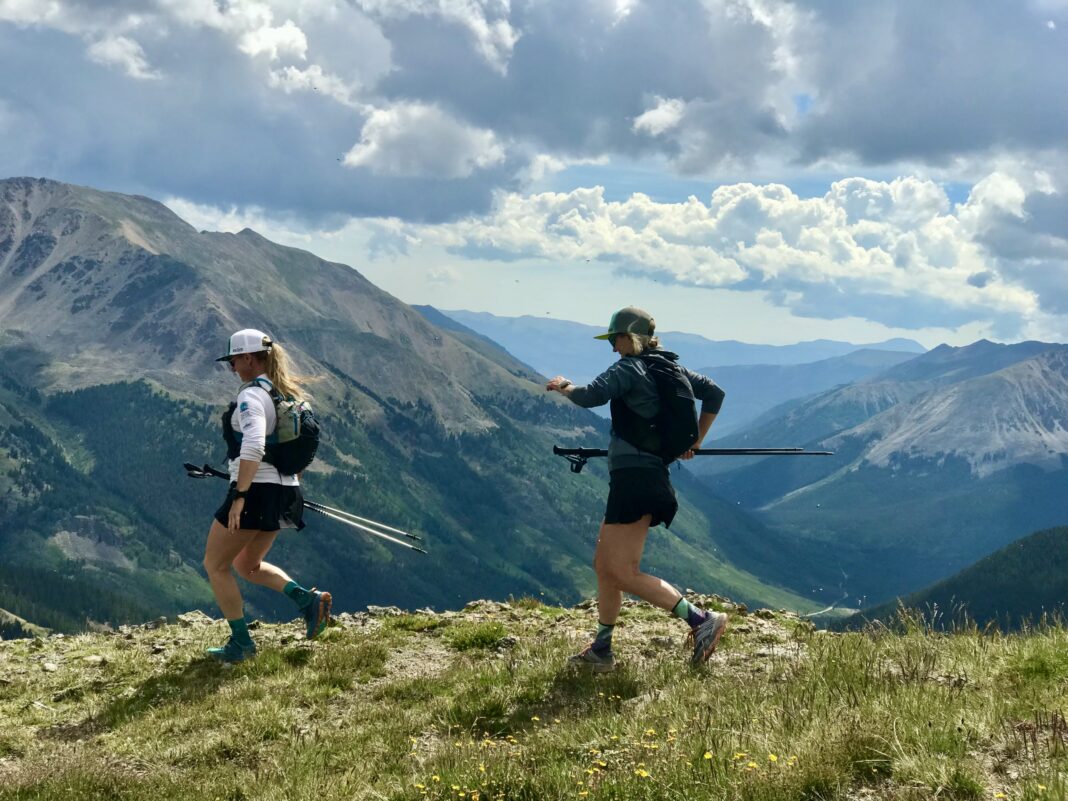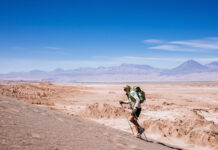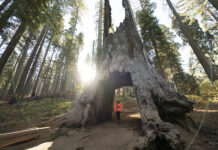Trail running is a great excuse to travel. I don’t know how to take a holiday just for the sake of it, so all my galivanting involves exploring new places on foot. The pandemic put a damper on my clinical wanderlust for a couple of years, but as soon as the world reopened, I started dreaming of faraway adventures again. The first faraway place I went to wasn’t that far away at all Colorado.
Her mountains are, of course, just an extension of mine, and I’ve always felt I had an obligation to go see what they were like down there on the other side of the border. For years I’ve heard of Colorado’s thin air, endless ridges, accessible peaks, and microbreweries. All it took to get me there, besides an end to travel restrictions, was my friend getting into the Hardrock 100 Mile Endurance Run—one of the many iconic ultramarathons held in the state. She was the third name drawn in the lottery, and I texted her within minutes.
“Do you have a pacer yet?”

Pacing and crewing is one of the best ways to get to know a place, and I highly recommend it. I set aside most of July, got myself to the historic town of Silverton, and kicked off my trail-running vacation in the beautiful San Juan Mountains. I ran sections of the infamous course and talked to local athletes, studied maps, and caught a glimpse of what’s possible.
By the time race weekend was over, I had amassed an extensive list of peaks and routes that I planned to check off, and I diligently set about doing so. I began with the sections of the Hardrock course I hadn’t yet seen. Race routes are a great resource when first starting out in a new place because the GPX tracks are normally available, and these events often showcase the best views and trails. A quick internet search for trail ultras in Colorado provides a smorgasbord of ideas.
The trail-running options in Colorado are truly endless. Ski towns connect, alpine bowls are open and runnable, and ridges extend indefinitely. Take for example, Anvil Mountain trail. I started right from the Silverton library and followed the ridge north for six glorious kilometres, at which point, I bailed before I reached the end. Had a nasty storm not rolled in, I’m pretty sure I’d still be up there.
You could conceivably show up anywhere on the edge of the mountains with a backpack and tent and just start walking—something I plan to do in the future. Feel like a beer in Leadville? No worries—just follow that ridge for a couple of days! If ridges or multi-day routes aren’t your thing, there are plenty of high peaks, well-established alpine loops, and trails that weave through gorgeous aspen forests to keep you busy. Colorado is home to 58 peaks over 14,000 feet, of which 10 are considered an easy day hike into the clouds.
My first 14’er was Handies Peak, on the Hardrock course. The previous high point of my life was Mount Cameroon, at 13,500 feet, way back in 2005, so I was curious to see how it would feel that little bit higher and seventeen years older. Running at this elevation isn’t easy, but if you start conservatively, drink plenty of water, and prepare for a few days of slower efforts, you’ll acclimatize in about a week. This worked well for me, and besides needing a little extra sleep, I didn’t suffer from the altitude.

Once adapted, a drive up to Independence Pass (between Leadville and Aspen) lets you start your run at 12,000 feet. For those looking for high-altitude training, there is nowhere better or easier to access.
Lower down, the aspen-lined Schneffels Highline Loop (23 kilometres) out of Telluride will delight. And for open meadows and flowers, I recommend The Maroon Bells Scenic Area near Aspen.
Staging a trail-running vacation in Colorado is simple. Dispersed camping is free and abundant.
Most nights I slept close to a trailhead, so I could start my run by 6:30 a.m. and be done by “thunderstorm o’clock.”
Over the summer months, violent electrical storms slam into the western slopes in the mid-afternoon, turning the sky from bluebird to black in an instant. By then, it’s best to be sipping brews in the local pub rather than dodging lightning up high.
Of course, camping isn’t the only option. I love dirtbag travel, but if river baths and ramen noodles don’t excite you, there are countless other options. Colorado is full of cheap motels, vacation rentals, and swanky hotels in ski towns like Aspen, Telluride, and Vail. No matter where you stay, the trails will always be out your front door.
Colorado is truly a build-your-own-adventure trail running destination. All you need is a day pack, a topographic map (I use Gaia GPS), an early start, and a little imagination. It’s a place I intend to return over and over again.
You may also like: Racing the World’s Highest Ultramarathon

Read This Story in our 2023 Fall Fitness & Food Issue
Featuring this year’s winners of the Amazing Race Canada, Ty Smith and Kat Kastner on our cover. Inside our latest issue, you’ll find all the inspiration you need to carry you through the autumn season. From delicious high-protein recipes and how to resist the crunch of potato chips to running through the high peaks of the Colorado Rockies and the latest in nutrition and fitness, these pages are packed with expert knowledge and advice.
















